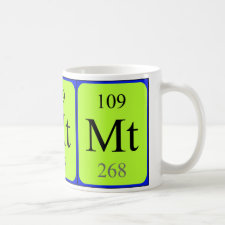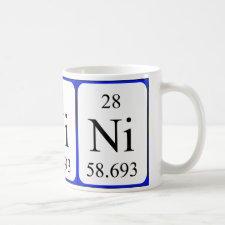
Authors: Zhang L, Zhong LL, Yang SW, Liu DX, Wang Y, Wang SS, Han XL, Zhang XM
Article Title: Adsorption of Ni(II) ion on Ni(II) ion-imprinted magnetic chitosan/poly(vinyl alcohol) composite.
Publication date: 2015
Journal: Colloid & Polymer Science
Volume: 293
Issue: (9)
Page numbers: 2497-2506.
DOI: 10.1007/s00396-015-3626-4
Abstract: Magnetic chitosan/poly(vinyl alcohol)/Ni(II) beads (m-CTS/PVA/Ni(II)s) were prepared by blending CTS, PVA, Ni(II), and Fe3O4. Ni(II)-imprinted m-CTS/PVA beads (Ni(II)-IMCPs) were obtained by eluting Ni(II) ions from the m-CTS/PVA/Ni(II)s. The optimal conditions for preparing Ni(II)-IMCPs are 2.0 % (w/w) for CTS, 1.5 % (w/w) for PVA, 0.8 % (w/w) for Ni (NO3)2, and 2.0 % (w/w) for Fe3O4. The Fourier transform infrared spectroscopy (FT-IR) analysis implies that the coordinating atoms may be N atom of GÇôNH2 in chitosan and O atom of -OH in poly(vinyl alcohol). The X-ray diffraction (XRD) patterns indicate that there are the Fe3O4 characteristic diffraction peaks and the decrease of the crystallinity for CTS. The study on the adsorptive performances of Ni(II)-IMCPs shows that the process of adsorption is good fitted to Langmuir model and the maximum adsorption capacity of Ni(II)-IMCPs for Ni(II) ions is 500.0 mg g-1 (conditions: V = 20 mL, m = 0.050 g, contact time = 6 h, at 25 °C). Kinetic models were used for interpreting data obtained from batch experiments, which show that the whole adsorption processes for Ni(II) ions on Ni(II)-IMCPs are in accordance with pseudo-second-order kinetic equation. The study of repeating and selective adsorption indicates that Ni(II)-IMCPs have good durability and selectivity for Ni(II) ions
Template and target information: nickel ion, Ni(II)
Author keywords: Magnetic, chitosan composite, Ion-imprinted technology, nickel, adsorption



Join the Society for Molecular Imprinting

New items RSS feed
Sign-up for e-mail updates:
Choose between receiving an occasional newsletter or more frequent e-mail alerts.
Click here to go to the sign-up page.
Is your name elemental or peptidic? Enter your name and find out by clicking either of the buttons below!
Other products you may like:
 MIPdatabase
MIPdatabase









